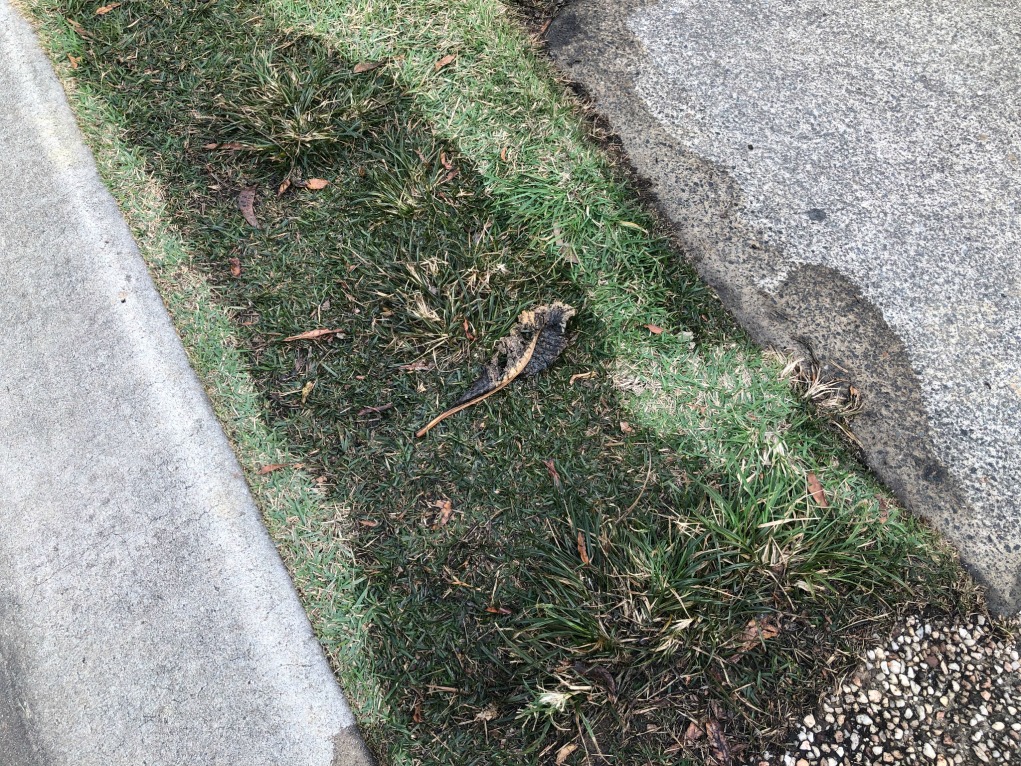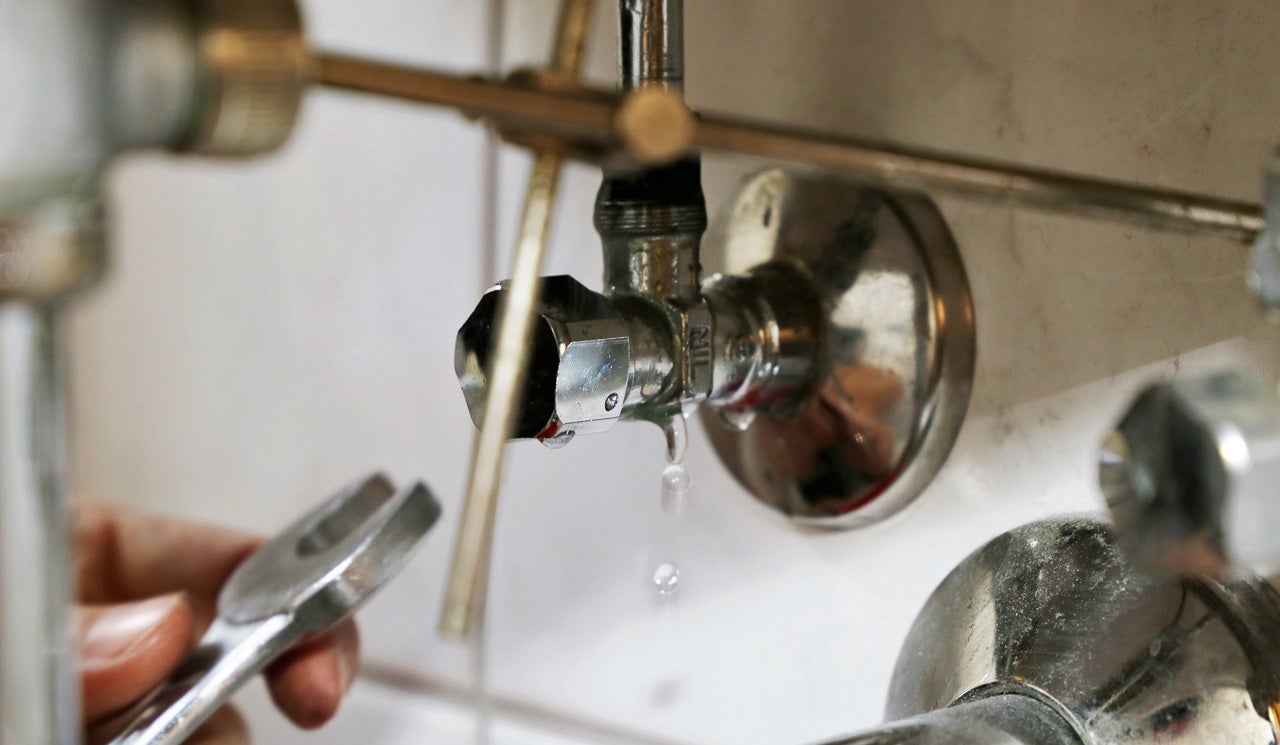The article listed below on the subject of Leaking water lines is highly enjoyable. Read it for yourself and figure out what you think of it.

Early detection of dripping water lines can reduce a possible catastrophe. Some little water leaks might not be visible.
1. Analyze the Water Meter
Every residence has a water meter. Inspecting it is a proven way that aids you discover leakages. For starters, shut off all the water resources. Guarantee no person will purge, use the faucet, shower, run the washing equipment or dishwashing machine. From there, most likely to the meter and watch if it will transform. Because no person is using it, there ought to be no activities. That indicates a fast-moving leak if it moves. If you detect no modifications, wait a hr or 2 and inspect back once again. This suggests you might have a slow leak that might also be below ground.
2. Inspect Water Usage
Analyze your water bills and track your water consumption. As the one paying it, you must observe if there are any kind of discrepancies. If you spot sudden changes, despite your usage being the same, it implies that you have leaks in your plumbing system. Keep in mind, your water expense must drop under the exact same variety on a monthly basis. An abrupt spike in your costs shows a fast-moving leakage.
A consistent boost every month, even with the same behaviors, reveals you have a sluggish leak that's also slowly rising. Call a plumber to completely check your property, specifically if you really feel a warm area on your flooring with piping beneath.
3. Do a Food Coloring Test
When it comes to water intake, 30% comes from toilets. If the shade in some way infiltrates your bowl during that time without flushing, there's a leakage between the storage tank and bowl.
4. Asses Outside Lines
Do not forget to inspect your outdoor water lines as well. Examination faucets by attaching a garden pipe. Should water seep out of the link, you have a loosened rubber gasket. Change this and also ensure all connections are limited. It will certainly help obtain it professionally took a look at and preserved each year if you've obtained a sprinkler system. One tiny leak can throw away tons of water as well as increase your water bill.
5. Evaluate and Examine the Scenario
House owners need to make it a habit to inspect under the sink counters and also also inside cupboards for any kind of bad odor or mold growth. These 2 warnings indicate a leak so prompt attention is called for. Doing routine assessments, also bi-annually, can conserve you from a major issue.
Much more significantly, if you recognize your house is currently old, maintain a watchful eye on your heating units, hoses, pipes and so on. Look for stainings and also weakening as many appliances and pipes have a life expectancy. They will additionally normally wear away as a result of tear and also use. If you believe dripping water lines in your plumbing system, do not wait on it to intensify. Call a specialist plumber immediately so you do not wind up with a dreadful mess in your house.
Early detection of dripping water lines can reduce a possible calamity. Some tiny water leakages may not be noticeable. Checking it is a guaranteed means that assists you uncover leaks. One tiny leakage can waste heaps of water as well as surge your water costs.
If you suspect leaking water lines in your plumbing system, do not wait for it to rise.
WARNING SIGNS OF WATER LEAKAGE BEHIND THE WALL
PERSISTENT MUSTY ODORS
As water slowly drips from a leaky pipe inside the wall, flooring and sheetrock stay damp and develop an odor similar to wet cardboard. It generates a musty smell that can help you find hidden leaks.
MOLD IN UNUSUAL AREAS
Mold usually grows in wet areas like kitchens, baths and laundry rooms. If you spot the stuff on walls or baseboards in other rooms of the house, it’s a good indicator of undetected water leaks.
STAINS THAT GROW
When mold thrives around a leaky pipe, it sometimes takes hold on the inside surface of the affected wall. A growing stain on otherwise clean sheetrock is often your sign of a hidden plumbing problem.
PEELING OR BUBBLING WALLPAPER / PAINT
This clue is easy to miss in rooms that don’t get much use. When you see wallpaper separating along seams or paint bubbling or flaking off the wall, blame sheetrock that stays wet because of an undetected leak.
BUCKLED CEILINGS AND STAINED FLOORS
If ceilings or floors in bathrooms, kitchens or laundry areas develop structural problems, don’t rule out constant damp inside the walls. Wet sheetrock can affect adjacent framing, flooring and ceilings.
https://www.servicemasterbyzaba.com/blog/how-to-detect-water-leakage-in-walls/

We had been introduced to that article on Detecting hidden plumbing leaks from someone on another web page. Do you know anybody else who is intrigued by the topic? Do not hesitate to promote it. I treasure reading our article about Locating water leaks.